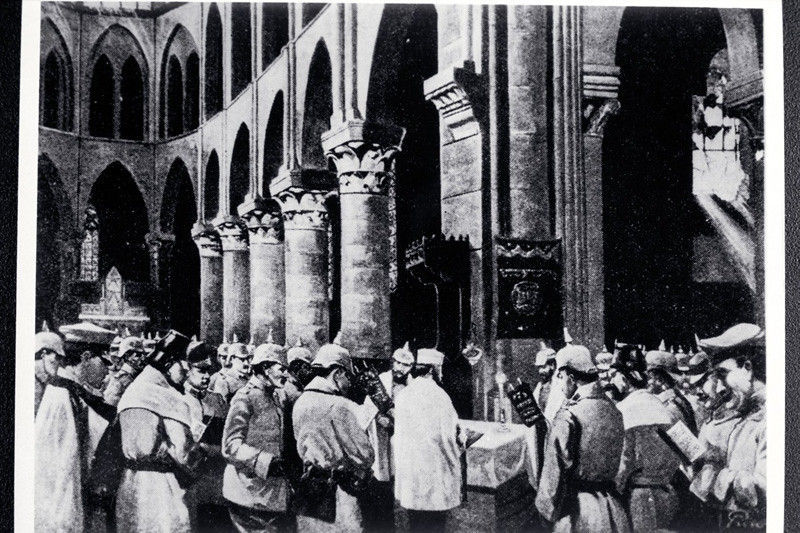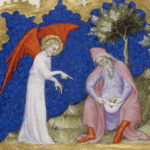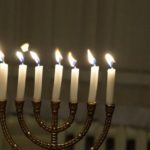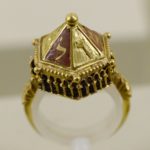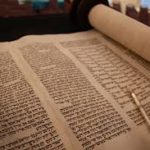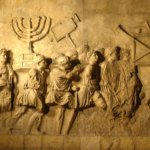Understanding Yom Kippur – for the Non-Jewish.
Prayer, penitence, fasting and feasting mark the most important of Jewish holidays; one that is most likely to see the otherwise non-observant go to synagogue and abstain from work.
Day of Atonement
Yom Kippur, or Day of Atonement, is the Sabbath of Sabbaths. It is believed to be the last chance to change God’s judgement on your deeds of the preceding year and your fate for the one to come.
The ‘books’ in which God has been recording His judgements since Rosh Hashanah (Jewish New Year) are closed and sealed at the end of Yom Kippur, so this is a day of intense introspection, reflection, worship and self-denial.
On the eve of Yom Kippur, the prayer Kol Nidre (‘all vows’) is recited. It annuls all the vows made during the previous year and this point has been used by anti-Semites as evidence that Jews are untrustworthy. However, it only applies to vows made between the individual and God and refers to the ‘I-promise-I’ll-go-to-synagogue-regularly-if-I-pass-this-test’ variety of vows as promises made to individuals must always be upheld.
Yom Kippur at Synagogue
Most of Yom Kippur is spent at synagogue, where special services are held. They start early (8 or 9 am) and continue until about 3 pm. People often then go home to rest before resuming their devotions at about 5 pm until nightfall.
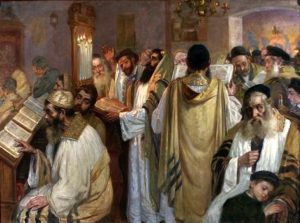
One of the special features of the services is the confession of the community; a prayer recited by all, saying ‘We have been aggressive/rude/fallen short etc’ and therefore acknowledging everyone’s responsibility for sin.
There is also a remembrance service called Yizkor, during which people read the names of the dead, reflect on their lives and honour them through memory.
Repentance through Fasting
The purpose of fasting is as a means of repentance. As well as abstaining from food and drink including water, and not working or having sex, orthodox Jews choose not to wear leather shoes (favouring canvas shoes instead), not to wash or use deodorant/lotions/perfumes etc.
It is traditional to wear white to resemble the angels and symbolise purity before God. Some wear the Kittel which is the white robe in which the dead are buried.
Any of the restrictions of Yom Kippur are lifted for children and if there is a threat to life or health. Women in labour or for 3 days after birth, and children under the age of 9 are not allowed to fast.
At the end of fasting, there is often a meal and the occasion ends on a joyous note.
According to the Bible, in Leviticus 23;26, Yom Kippur occurs on the 10th day of Tishri, or the 10th month in the Jewish calendar. In 2010 – the Jewish year 5771 – it will be from sunset on September 17th to nightfall of September 18th. In 2011 it is sunset on October 7th to nightfall on October 8th.
And the greeting to give your Jewish friends and neighbours is ‘Have an easy fast’ – not ‘Happy Yom Kippur, as it is not a ‘happy’ holiday.

